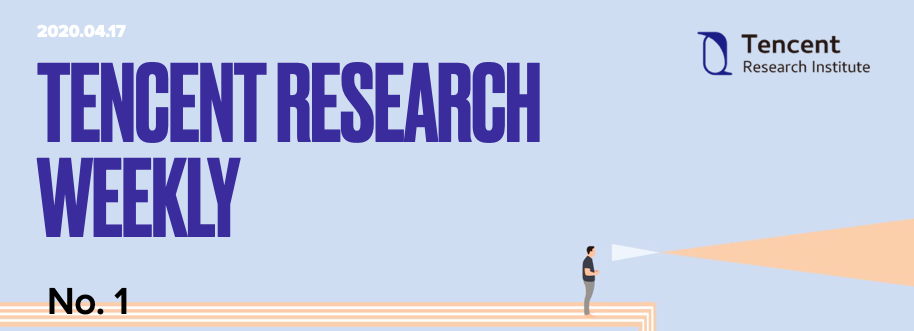
【Coronavirus】
The Six Digital Trends of Fighting Against Coronavirus outside China
Recently, the coronavirus has been raging around the world and has become a major challenge for the whole society, governments and technology companies have taken measures to actively combat the epidemic. Six technological coronavirus-fighting trends are highlighted: 1. releasing authoritative information via media platform, to assist people in self-checking; 2. using location information to track potential infected group; 3. applying cloud computing and big data in research; 4. applying cloud services to ensure a fair and efficient resource distribution; 5. using the network platform to help community mutual aid and volunteer services; 6. facilitating telework, education and home entertainment.
24 New Modes of Digital Economy Under Coronavirus
The outbreak of coronavirus has brought a huge impact on the traditional industry, and also created development opportunities for digital economy. During coronavirus prevention period, a large number of offline activities have shifted to online, especially for education, telecommuting, fresh e-commerce and smart healthcare, which are in the early stages of business development.
All of these industries share the following characteristics: the commercial maturity of the industry is still early, there is still room for a significant increase in user penetration, and the epidemic could accelerate user education and acquisition in this segment of the industry, reaching or even breaking the industry scale ceiling early. The “old three” social media, e-commerce shopping, search, digital still plays a major role. In the fight against the epidemic, the unexpected development opportunities brought by the digital economy have spawned 24 new industries.
The Coronavirus Outbreak Calls for Industry Internet to Speed up
The coronavirus outbreak has become a serious global pandemic, with more than 1.8 million people diagnosed and 110,000 deaths worldwide until 13 April. The digital economy, with its real-time online and locatable features, has played a prominent role in epidemic control. That’s why epidemic control in East Asian countries is more effective than in Europe and America. Faced with the pressure of the epidemic surge, the European and American countries are seeking digital tools, although there is still resistance. This epidemic highlights the drawbacks of low digital penetration in traditional industries, and the industrial Internet has great potential in promoting digital transformation in traditional industries.
【Q-econ】
The Economic Interaction between Virtual and Real World
The Virtual Economy is an economic activity that exists in the virtual world, usually in the context of an online game. In his paper, Edward Castronova provides a groundbreaking examination of the economic theory of virtual worlds and defines the basic economic assumptions in virtual worlds (Wei-Xuan Chen and Xu-Liang Wu, 2019). With the development of technology, the frontier between the virtual and real worlds is constantly merging, and the economic activities of these two “parallel universes” are increasingly having a profound interaction and impact, with many important topics arising in terms of their economic mechanisms and public policy design that deserve attention.
【AI】
These Rules could Save Humanity from the Threat of Rogue AI
The possibility of man-made machines turning against their creators has become a trendy topic these days. Undoubtedly, Isaac Asimov’s Three Laws of Robotics are no longer fit for purpose. For the sake of the global public good, we need something serious and more specific to safeguard our limitless ambitions – and humanity itself.
Today, the internet connects more than half the world’s population. And although the internet provides us with convenience and efficiency, it also brings threats. This is especially true in an age in which a good deal of our daily life is driven by big data and artificial intelligence. Algorithms have been widely used to determine what we read, where we go and how we get there, what music we listen to, and what we buy at what price. Self-driving cars, automatic cancer diagnosis and machine writing have never been so close to large-scale commercial application.
